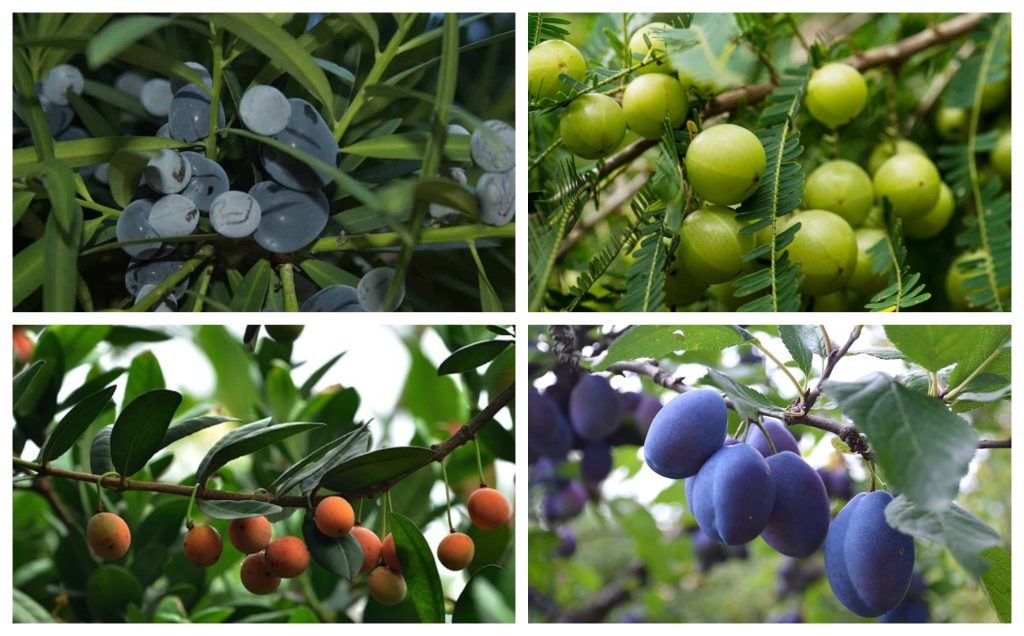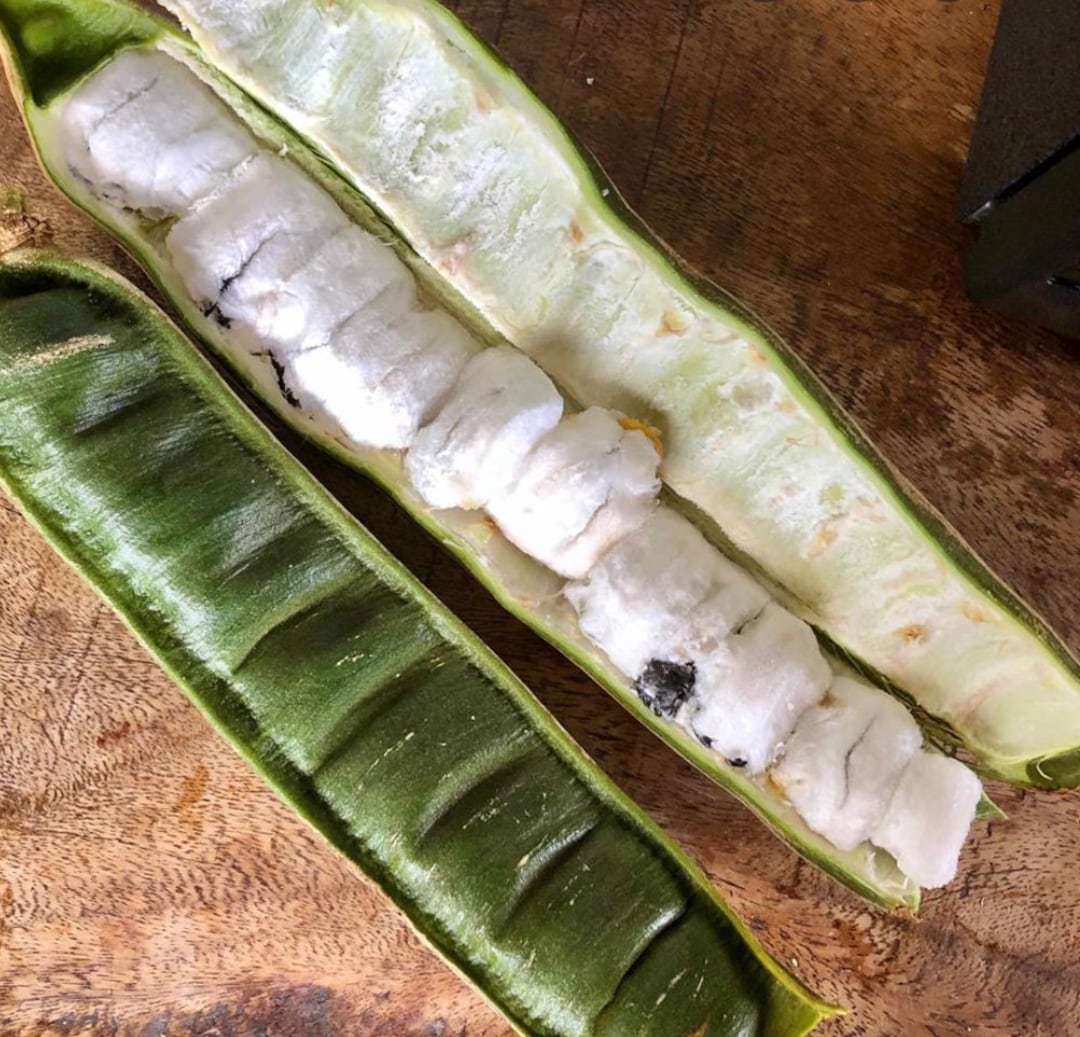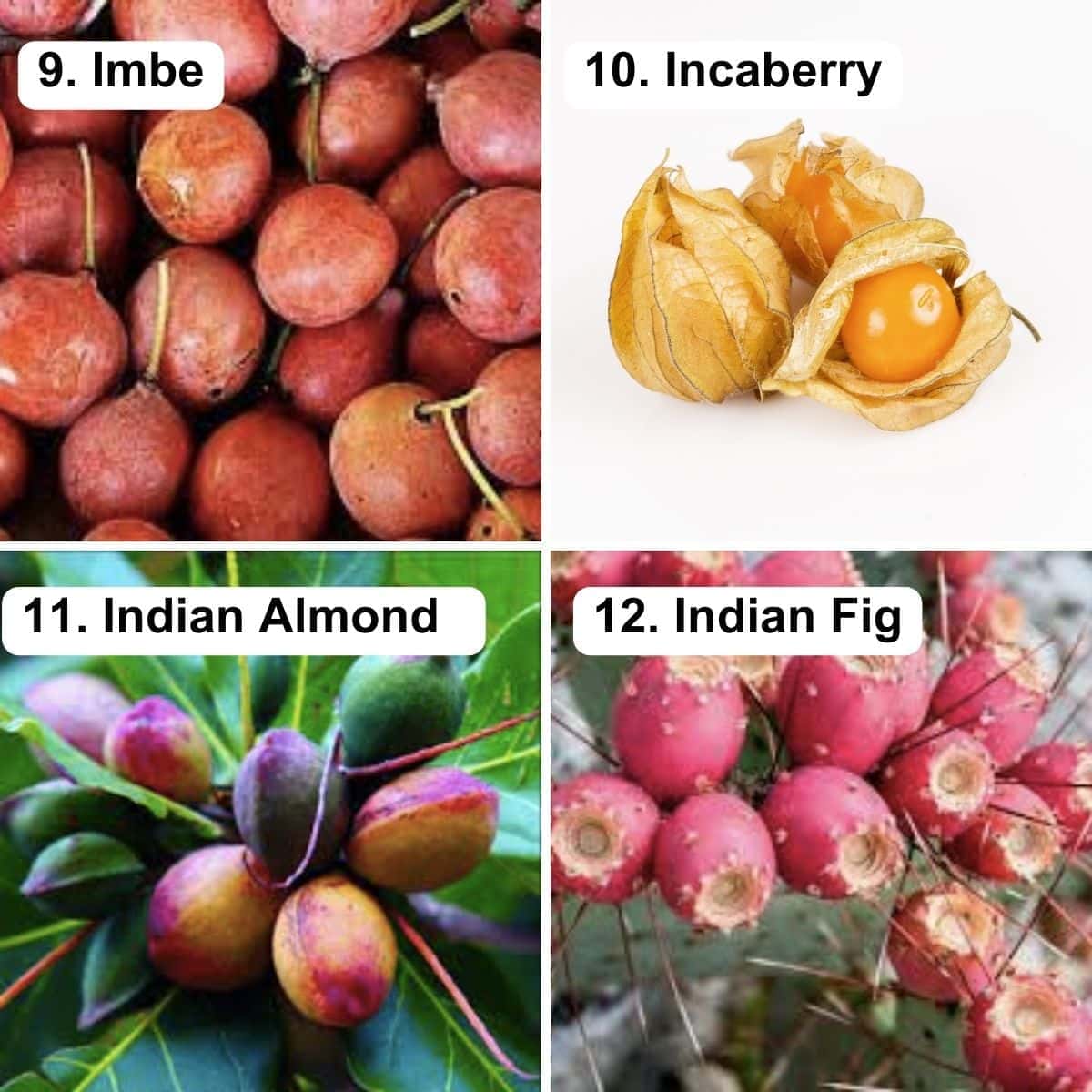Introduction: An Overview of Fruits Beginning With I
A good diet should include fruits, which come in many flavors to discover. Among these, fruits beginning with the letter “I” offer a distinctive spin on things. From the creamy taste of ice cream beans to the sweet flavor of Indian figs, these fruits not only satisfy the taste receptors but also provide different health advantages. Among several well-known fruits in this group are:
- Rich in minerals and vitamins, Indian fig—also called prickly pear—is
- Perfect for desserts, ice cream bean tastes shockingly like vanilla ice cream.
- Imbe is a little yellow fruit with a sweet and sour taste.
Every one of these fruits reflects the variety and richness of the fruit world.
Value of Investigating Specialized Fruits
Investigating unusual fruits—especially those not seen in traditional supermarkets—can improve food experiences and support nutrition.
- Exotic fruit discovery can expose people to several cultures and cooking techniques.
- Many less well-known fruits are bursting with vital minerals, vitamins, and antioxidants meant to improve health.
- Choosing local or uncommon fruits will help small farmers and increase biodiversity.
Think of a personal story: first-time Indian fig eaters may be taken aback by its sweet, somewhat acidic flavor and vivid color that accentuates a fruit dish. These encounters not only widen one’s taste but also increase respect of world cuisine.
Ultimately, the path of finding fruits beginning with “I” celebrates the variety of nature and enhances our diets with nourishment and delight rather than only new tastes.
Features and Taste Profile of Indian Fig
Growing on the prickly pear cactus, mostly in dry and semi-arid conditions, the Indian fig is sometimes known as prickly pear or cactus pear. Depending on the kind and ripeness, its oval or pear-shaped form—which ranges in color from brilliant green to vivid yellows and deep reds—appeals fairly strikingly.
Slice open an Indian fig and find a bright magenta to pale yellow succulent inside studded with tiny, delicious seeds. The taste itself is a wonderful mix—sweet yet slightly sour, providing a distinctive flavor profile that might remind someone of a cross between a watermelon and a fig. For me, the first bite of an Indian fig is shockingly cool and evocative of summer days spent beneath the sun.
- Texture: Juicy and only marginally gelatinous.
- Taste: Sweet, depending on ripeness, with tarts’ traces.
Cookery Applications
Both cooks and fruit enthusiasts adore the Indian fig since its adaptability. Popular ways to savor this unique fruit include these:
- Eat it raw as a refreshing snack; just peel.
- Dice Indian figs and toss them into salads for a different twist that will improve taste and look.
- To imbue a sweet, tropical taste, blend smoothies or drinks.
- For an intriguing twist ideal for tacos or grilled meats, toss chopped Indian figs into salsas.
Furthermore a great addition to desserts, the Indian fig may be converted into jellies, preserves, and even ice creams. Experimenting with this fruit can produce wonderful surprises in taste and texture for people discovering new gastronomic boundaries. Every cooking creation offers an opportunity to expose friends and relatives to an uncommon taste.
Ice Cream Bean: Nutritional Value
Not just a distinctive and delicious delicacy, the Ice Cream Bean—scientifically known as Inga edulis—offers a range of nutritional advantages that would welcome addition to your diet.
- Low in calories: This light snack won’t weigh you down at just 118 calories per 100 grammes.
- Rich in Natural Sugars: Natural sugars found in the sweet pulp can provide a rapid energy boost free from the crash linked with processed sweets.
- Vitamins and Antioxidants: Ice Cream Bean is heavy in vitamin C, which is vital for immune system and skin condition. Additionally helping the body fight oxidative stress are the antioxidants included in the fruit.
- Dietary fiber included in the edible pulp is a good source that can help digestion and support heart health.
For me, the first time I had an Ice Cream Bean, its sweet, creamy taste was guilt-free since it seemed decadent yet nutritious.
Enjoying Ice Cream Bean: How?
Regarding savoring Ice Cream Beans, there are rather interesting and different choices. Here’s how you enjoy this tropical gem:
- Raw snack: Just split open the pod and savor the sweet, fluffy content direct from the tree. It’s like savoring dessert while meandering through a forest!
- Desserts: To have a tropical dessert right at home, toss the pulp into smoothies, ice creams, or top yogurt or pancakes.
- For a cool beverage on a hot day, mix the pulp into smoothies or juices; alternatively, freeze the pulp and then mix it to make a basic ice cream.
- Experience with Friends: I recall offering Ice Cream Beans at a summer party; everyone delighted in the taste sensation that matched the surprise of sampling something different.
Adventurers or anyone wishing to add an unusual but tasty fruit to their gastronomic repertoire will find the Ice Cream Bean ideal.
Tropical Fruit Description: Imbe
Less well-known tropical fruit that thrives all throughout Africa, especially in South Africa and along coastal areas, imbe, often called as African mangosteen or Garcinia livingstonei, is Between six and eighteen meters tall, this evergreen tree bears tiny, spherical fruits around the size of a cherry or small plum.
The Imbe’s exterior is brilliant orange to yellow, and bite into it reveals incredibly scented juicy flesh. Although the taste can occasionally be sweet and smooth, others say it has modest citrus overtones with a little bitter undertone. Imagine the surprise of opening this fruit for the first time anticipating sweetness and then finding the ideal harmony of flavors dancing on your mouth.
- Look: Round, brilliant orange to yellow.
- Texture: rather hard but delicate juicy meat.
- Taste: Moderate sweet with hints of citrus.
Medical Advantage
Imbe is not only great but also loaded with many health advantages, which qualifies it for a good addition to your diet.
- Rich in nutrients, imbe fruits have low calories and enough of vital minerals and vitamins to support your general wellbeing.
- Strong antioxidants included in the fruit assist to fight oxidative stress in the body.
- Aid in Weight Loss: If you want to drop some pounds, including Imbe into your diet since it has low calorie count.
- Consuming imbe is a smart choice for individuals controlling connected diseases since it may assist lower symptoms of inflammation.
First experiencing Imbe while on tour in Africa, I was enthralled by its sweet but sour taste. This is a pleasure that enhances a diet in addition to satisfying the taste receptors. Imbe is a tropical treasure worth discovering whether your taste is fresh or blended in smoothies!
Icąrumba: Origin and Methods of Growing
From the verdant tropical areas of Central and South America, icąrumba, sometimes known as the “bitter orange,” or by its scientific name Citrus aurantium, hails. Rich in history, this fruit is mostly found in areas like Brazil and Peru where it enjoys warm, subtropical conditions.
Reaching heights of up to 10 meters, the Icąrumba tree generates small, spherical oranges generally more bitter than their sweet cousins. Growing Icąrumba usually entails tending to these trees in well-draining soil with enough of sunlight and water.
- Perfect conditions are a full sun and well-drained ground.
- Common in Brazil, Peru, and other tropical regions is growing areas.
- Usually picked when they show a strong orange color.
I sometimes remember my trips in Brazil, where I came into a local market full of vivid fruits and Icąrumba drew my eye with its unusual hue. Locals rave about its applications in classic cuisine, which piques my curiosity even more.
Culinary Creativeness
Icąrumba’s adaptability really is amazing! Although its taste is renowned to be harsh, it creates a world of gastronomic opportunities that many would not have guessed possible.
- Juices and Beverages: To balance out their bitter taste, mix Icąrumba’s juice with other fruits to make reviving drinks.
- Used in marinades, sauces, or salads, Icąrumba gives meat and vegetarian meals a unique taste.
- Preserves & Marmalades: Its natural bitterness makes it perfect for marmalades, usually mixed with sugar and citrus for a great spread.
I recall a fun Brazilian culinary lesson when the teacher instructed us in creating Icąrumba marmalade. This was a wonderful experiment that turned the harshness of the fruit into a really sweet pleasure! Thus, whether savored fresh, juiced, or as a taste enhancer in food, Icąrumba offers a unique touch that appeals to everyone ready to investigate its possibilities in the kitchen.
Finally, a Summary of the Fruits Discussed
As we have investigated unusual fruits beginning with the letter “I,” we have come upon a wonderful range of flavors and textures highlighting the abundance of nature. From the unusual tang of Icąrumba to the delicious sweetness of the Indian Fig, every fruit presents a different taste sensation. We have also explored the aromatic notes of Imbe, savored its vivid tastes, and unearthed the savory pleasures of the Ice Cream Bean, which tastes shockingly like vanilla ice cream.
The fruits we have covered are briefly summarized here:
- Sweet and reviving with a trace of tanginess, Indian fig (prickly pear)
- Icąrumba: Flexible in its cooking applications, livening food.
- Imbe: a zesty tropical treasure.
- An appetizer evocative of dessert

Leave a Reply